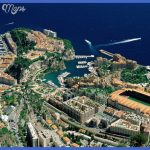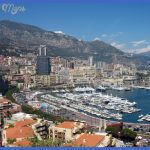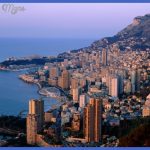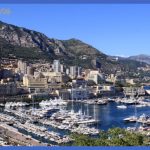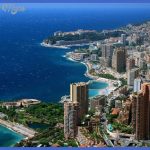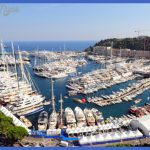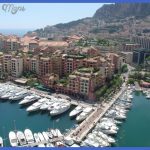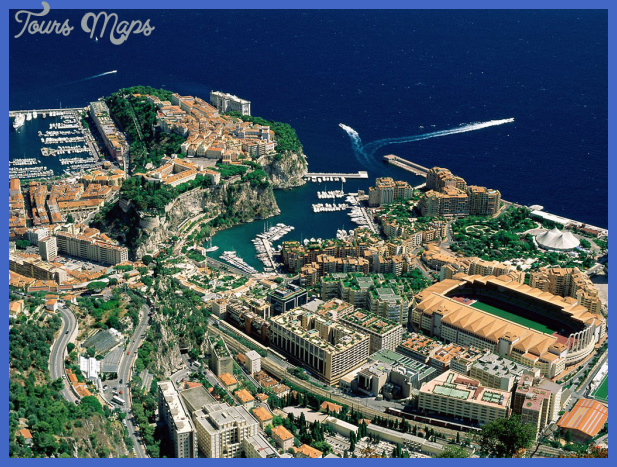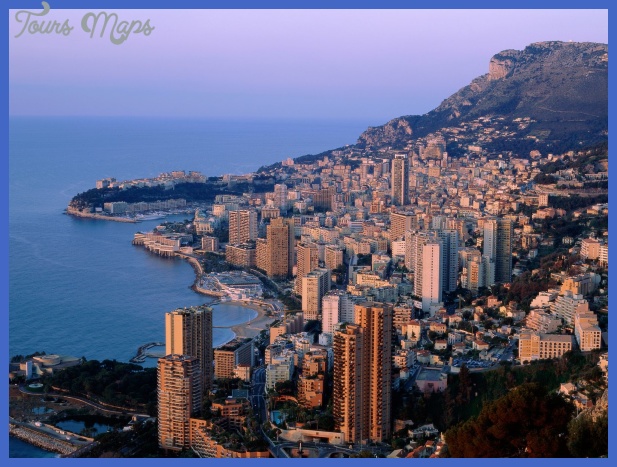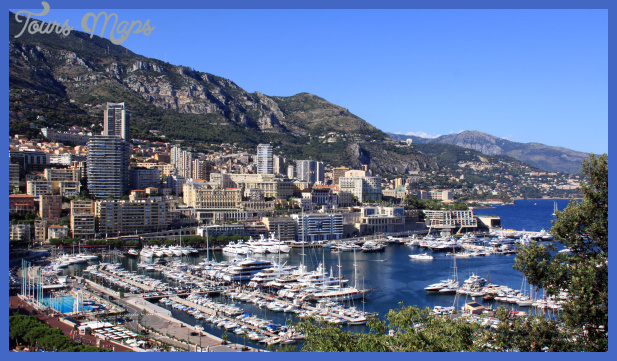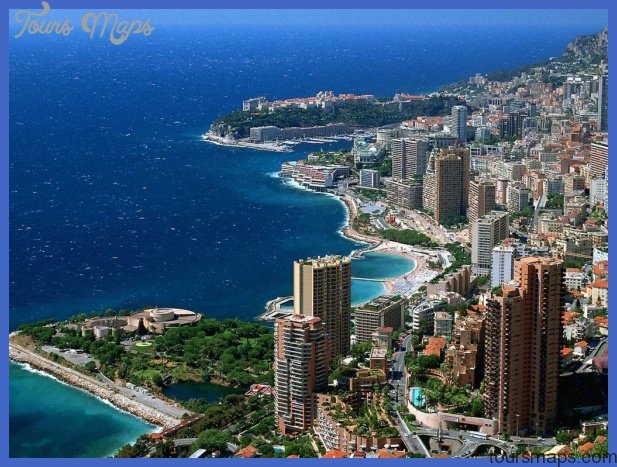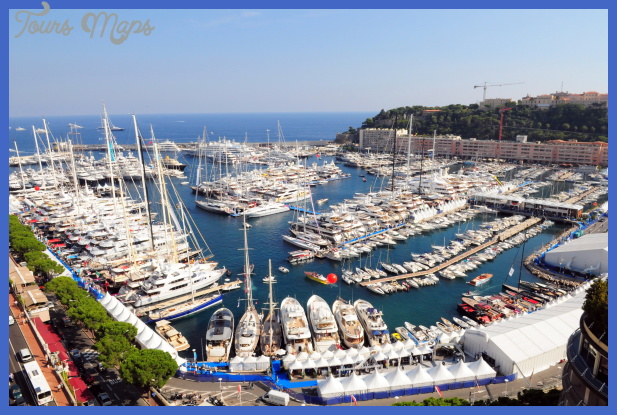The tiny country in the south east comer of France is Europe’s smallest state after the Vatican. It is however, certainly the most densely populated in the world with 29,000 Monegasques in 2 square kilometers making a population density of 14,500 per sq km. Monaco’s tourism is active throughout the year and is its main source of income together with its casino, its most important economic factor. Monaco is a tax haven and for that reason half the world’s tennis elite, for example, live here as they would otherwise be fiscally penalised with their large professional winnings and lucrative advertising contracts. The Principality has been ruled by the Grimaldis who originate from Genoa since the 15th century. The Royal Palace and the Cathedral are situated on the rocky mountain overlooking the Old Town. In the Monte Carlo city district a lot has changed in the last century, although the Casino itself has kept its noble appearance, the old Patriarchal houses are now hotels or apartment blocks. The exclusive La Condamine is the area of villas, banks and shops, and Fontvieille is the Yachting Marina. The currency is the French Franc (although Monaco does have the right to mint). The official language is likewise French, but the local language is Monegusco, a dialect originating from Liguria and Provence, which is a mixture of Italian and French. Despite its size the economy is worth mentioning: Monaco exports cosmetics, pharmaceuticals, man made fibres, electronics and canned foodstuff. The industrial zone is in Fontvieille.
HISTORY
The Grimaldi family received the sovereignity of Monaco as far back as the 10th century, but its independence was only recognised by France in 1512. A customs union was signed with France in 1865, and the present ruler, Prince Rainier in acceded to the throne in 1949.
SIGHTS
The Palace, the Cathedral, the Yachting Marina and the Casino. The Oceanographic Museum founded by Prince Albert I. The Saint Martin Gardens with tropical plants The canons in the Palace Square were a present from Louis XIV.
THE HAGUE
The Hague, with its population of half a million, lies 55 kilometers south west of Amsterdam on the North Sea coast. It is the third largest city in the Kingdom of the Netherlands and seat of the government, occasional residence of the monarch and capital of the province of South Holland. The official name ‘s-Gravenhage means ‘the hunting grounds of the count’ and indicates here that from the 13th to the 15th centuries it was the hunting place of the Counts of Holland. The Hague is a city in which industry and trade play a lesser role than the administration and government. Thus many international organizations have their seat in The Hague, like the International Court of Arbitration and the International Law Court of the United Nations. That part of the city called Scheveningen, the largest and best known seaside resort of the Netherlands, is the most important economic factor in The Hague with its fisheries and port. The Hague also has an Academy for Human Rights. The famous Hague Convention, which amongst others, decrees the rules of war, was drawn up in the Peace conferences of 1899 and 1907 together with many other internationally accepted agreements.
HISTORY
This place on the north sea founded in 1370 flourished economically in the 14th and 15th centuries mainly owing to its cloth weavers. In 1580 it became for the first time the domestic court and later residence of the governor, and under Fredrick Henry, the center of court life. Finally King Louis made The Hague the third town in his kingdom.
SIGHTS
The oldest building in The Hague is the Counrty Hunting Castle built around 1250, which has been the Royal Residence since the 14th century. The late Gothic ‘Kerk’ (15th/ 16th c.); the Kingdom’s Archives; the Royal Palaces of Noordeinde (17th c.) and Voorhout (18th c.); the Peace Palace (1907-1913), which is the seat of the International Court of Justice and the old Town Hall from the 18th century.
Monaco Photo Gallery
Maybe You Like Them Too
- The Best Cities To Visit in The World
- World’s 10 Best Places To Visit
- Coolest Countries in the World to Visit
- Travel to Santorini, Greece
- Map of Barbados – Holiday in Barbados

